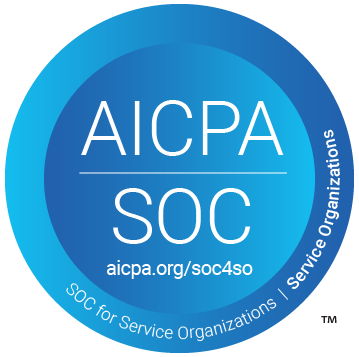Succession Planning Strategy
How HR Protects $3M in Revenue Per Role. Quantify Talent Risk, Preserve Revenue, and Turn Succession Into a Financial Strategy

What’s Really at Stake When Key People Leave
Succession planning isn’t a formality. It’s a financial strategy.
In U.S. insurance carriers, the average senior underwriter is responsible for $3 million in premium revenue (McKinsey, 2025). Lose them without a clear successor, and a large portion of that book is immediately exposed.
A UK benchmark study found that firms without a named replacement retained just 63% of client revenue after a senior broker’s departure—compared to 92% when a successor was already in place (BIBA, 2025).
And this isn’t just insurance. In SaaS sales, losing a top enterprise rep can mean $2.9 million in lost pipeline and nearly $950K in missed revenue (Forrester, 2024).
Talent Loss = Revenue Risk
- Renewals pause.
- Relationships weaken.
- Competitors move in.
A 2024 Gartner study showed financial-services firms saw a 15% drop in EBITDA within 90 days of losing a key relationship owner—unless succession plans were in place.
Why the Board Is Paying Attention
“Succession risk is a balance-sheet item—every unplanned exit shows up in revenue leakage.” – Julie Sweet, CEO, Accenture
“Our board views talent continuity as integral to cash-flow forecasting—no different from cap-ex.” – Jane Fraser, CEO, Citi
Boards and CFOs increasingly expect HR to speak the language of risk and readiness.
The Business Case for Succession Intelligence
- For every $1 invested, organizations saved $6.20 in avoidable costs tied to backfilling and lost productivity (Deloitte, 2024).
- Top-performing firms in succession maturity saw 14% better revenue retention and 18% lower talent-related operating costs (KPMG, 2024).
- Internal successors are fully productive in 6–9 months vs. 12–18 months for external hires (AIHR, 2024).
- Planned handovers retain 85–95% of revenue. Unplanned exits drop that to 60–70% (Harvard Business Review, 2025).
What Strategic Succession Sounds Like
Reactive update: “Three senior underwriters are retiring in Q2.”
Strategic report: “We’ve mapped $9M in at-risk revenue across three books of business. Two have internal successors identified; one remains high-risk. Here’s our mitigation plan.”
The difference is strategy, not surprise.
Case in Point: Risk Mitigated, Revenue Preserved
A Fortune 500 restaurant chain used succession analytics to flag 120 general manager roles tied to $2M+ per location. Proactive development plans cut vacancy days by 70% and protected $48 million in annual revenue (AIHR, 2024).
The insurance industry is no different. If relationships drive revenue, then continuity is everything.
How TalentGuard Helps
- Identify revenue-critical roles and exposure risk
- Measure bench strength with real-time successor readiness
- Forecast internal fill rates and time-to-productivity
- Build proactive development plans
And with WorkforceGPT, you can generate board-ready succession reports—tying talent decisions directly to business impact.
Where to Start
Pick one critical role. Run the numbers:
- What’s the average book of business tied to that person?
- Is there a ready-now successor?
- If not, what’s at risk?
Then build your case. Present the plan. Speak in dollars—not just roles.
Final Thought
Succession planning isn’t just about filling roles. It’s about protecting revenue, reducing operational risk, and positioning HR as a strategic partner in enterprise planning.
Want to protect revenue and prove HR’s strategic value?
Request a TalentGuard demo
See a preview of TalentGuard’s platform
Inside the Boardroom: How HR Becomes the Engine for Growth
The New Talent Strategy CFOs and CEOs Are Counting On The CEO Agenda Has Changed – And HR Needs to Be at the Center The C-suite is no longer asking, “Do we have enough people?” They’re asking: “Do we have the right capabilities to grow into new markets?” “How fast can we pivot if our […]
From Succession Crisis to Strategic Capability
Your best people are leaving. Your leadership pipeline appears to be a desert. Half your workforce will retire in the next decade without obvious successors. Sound familiar? You’re not alone. Most companies recognize they have an internal mobility crisis. The numbers don’t lie—50% of financial professionals lack succession plans, and 400,000 insurance workers will retire […]
Career Pathing Software
Your best employees are updating their LinkedIn profiles. Your leadership pipeline has more gaps than a broken fence. Half your workforce will retire without obvious successors. If this sounds familiar, you’re not alone. Traditional career development is broken. With 44% of workers’ skills facing disruption within five years, spreadsheets and annual reviews won’t suffice. Insurance […]




